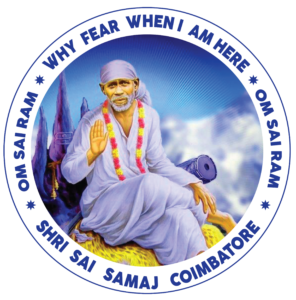The Enigmatic Life of Shirdi Sai Baba
Sai Baba of Shirdi, a revered saint whose life remains shrouded in mystery, continues to inspire millions across the globe. His teachings, transcending religious boundaries, emphasized love, forgiveness, and devotion to God.
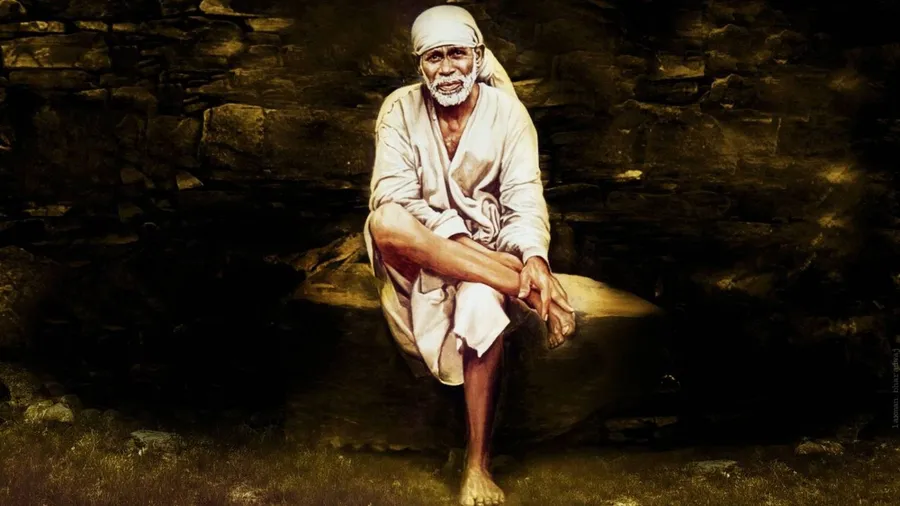
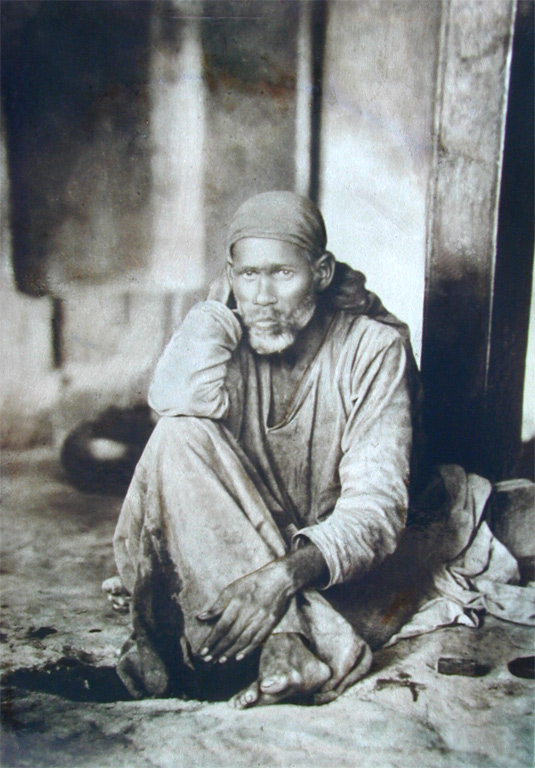
Early Life and Arrival in Shirdi
Though his birth date and origins are uncertain, it is believed that Sai Baba first appeared in Shirdi, Maharashtra, around 1858 as a young man. He led an austere life, often meditating under a neem tree and later residing in a dilapidated mosque he named Dwarkamai.
His Teachings and Miracles
Sai Baba welcomed people of all faiths and backgrounds, preaching the unity of all religions. He emphasized the importance of surrendering to a higher power and leading a moral life filled with compassion and charity. Numerous miracles are attributed to him, including healing, fulfilling wishes, and providing for the needy. These acts of grace earned him the devotion of countless followers.
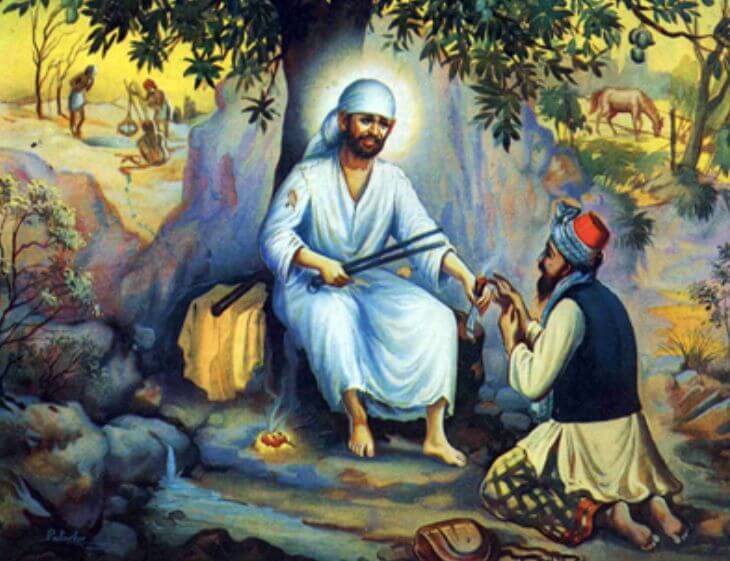
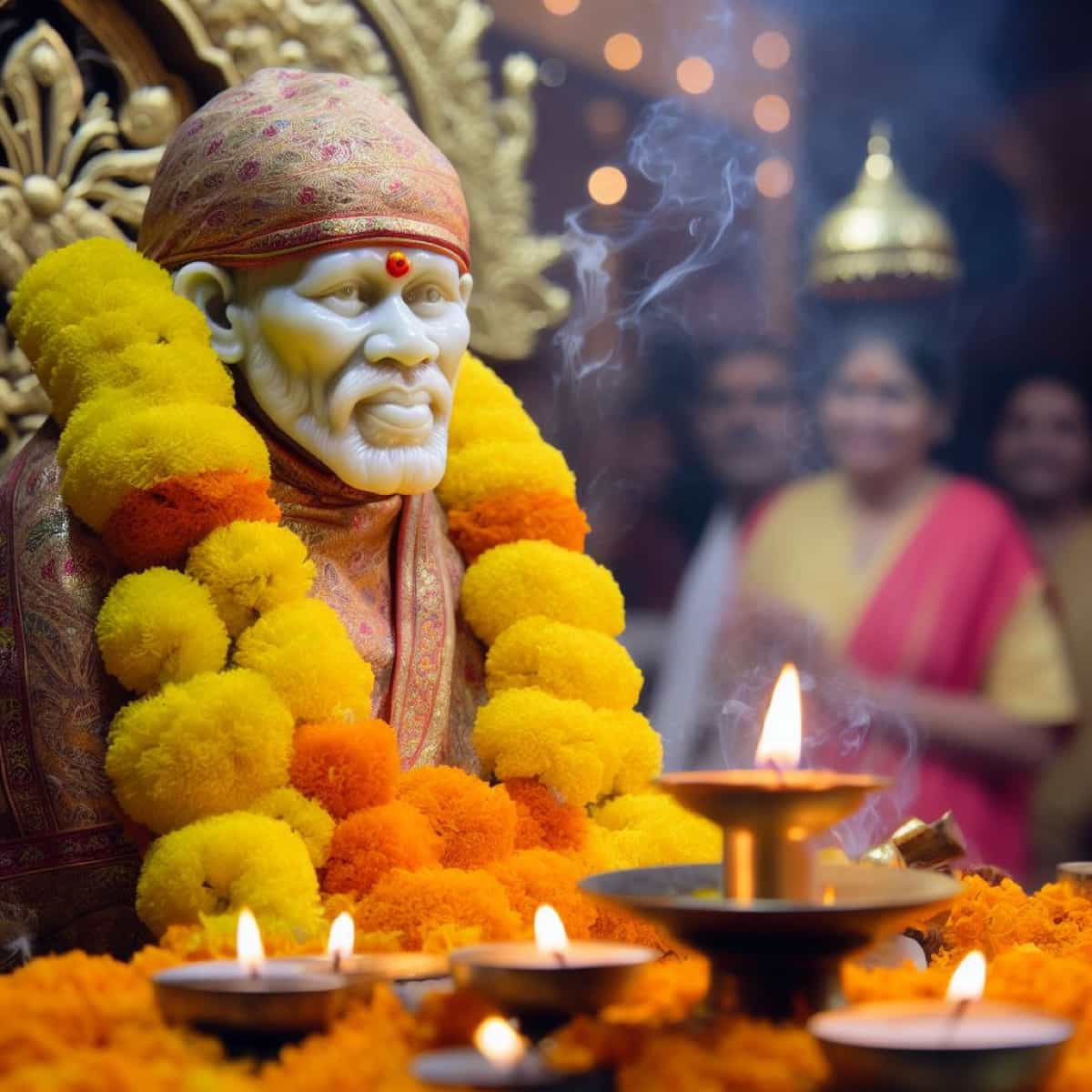
Legacy of Love and Devotion
Sai Baba attained Mahasamadhi (left his mortal body) in 1918. His final resting place, the Samadhi Mandir in Shirdi, has become a significant pilgrimage site, attracting millions of devotees annually. Sai Baba’s legacy lives on through his timeless teachings and the countless lives he touched. He is remembered as a symbol of unity, love, and spiritual enlightenment.
Quotes
On Faith and Patience
- “Why fear when I am here?”
- “Have faith and patience, and I will be always with you wherever you are.”
- “If you always say ‘Sai, Sai’, I shall take you over the seven seas.”
- “I am ever living to help and guide all who come to Me, who surrender to Me and who seek refuge in Me.”
On Love and Compassion
- “Love one another and help others to rise to the higher levels, simply by pouring out love. Love is infectious and the greatest healing energy.”
- “Be ashamed of your hatred.”
- “God is the ocean of love and mercy.”
On the Importance of Surrender
- “I surrender unto the feet of the Sadguru, who has given me happiness both in this world and the next.”
- “Unless there is complete surrender, the chanting of God’s name is useless.”
On the Nature of God
- “God is the sole owner and He can do anything.”
- “To God be the praise. I am only the slave of God.”
- “If you want to see the brave, look to those who can return love for hatred.”
On Leading a Righteous Life
- “Cleanse your mind of the impurities of worldliness, egoism and jealousy.”
- “Do not be deluded by worldly honor.”
- “The Lord is the protector of all.”
On the Power of Faith
- “Those who are fortunate and whose demerits have vanished, take to My worship.”
- “My eye is ever on those who love Me.”
Sai Baba's Unique Perspective
- “I am formless and everywhere. I am in everything.”
- “This body is just my house. My guru has long ago taken me away from it.”
Invite participation in the temple project
Reiterate the call to contribute to the temple construction project, emphasizing the importance of creating a space for devotees to connect with Sai Baba’s legacy.
